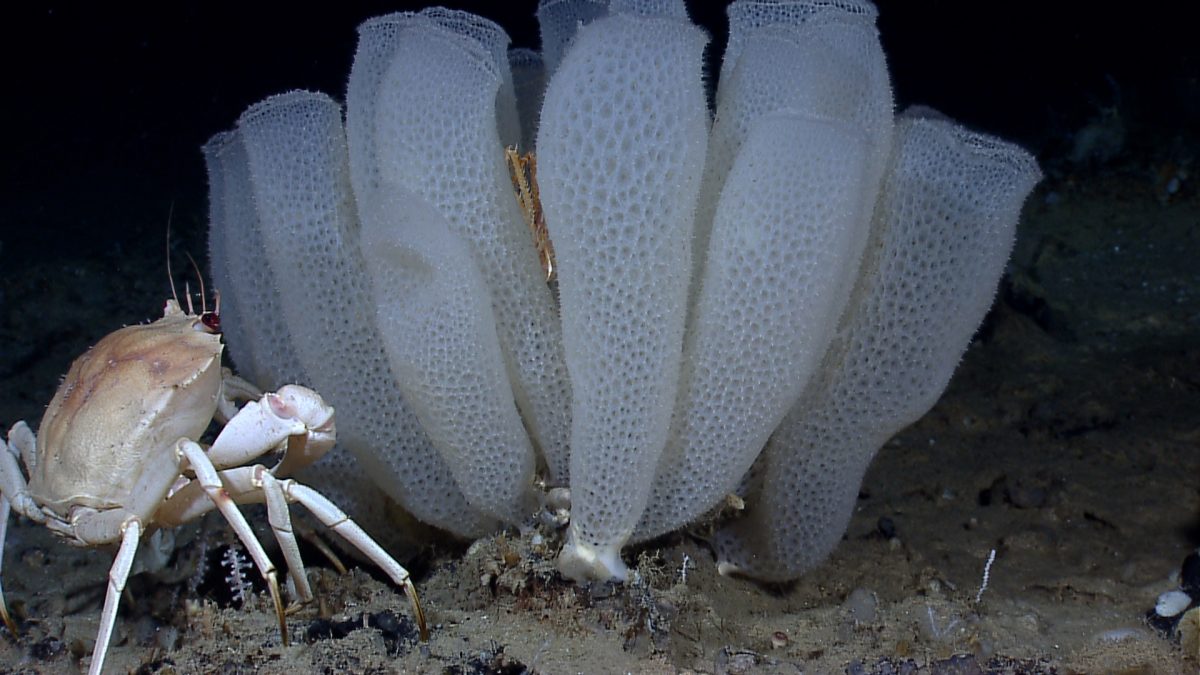Featuring image: Venus flower basket glass sponges (Euplectella aspergillum) in the Gulf of Mexico. NOAA Okeanos Explorer Program – Gulf of Mexico 2012 Expedition, CC-BY-2.0
Authors: Y. Pei, H. Hagdorn, T. Voigt, J.-P. Duda, J. Reitner
The Permian-Triassic crisis was the greatest mass extinction in Earth’s history. But an unlikely animal might have benefited from this cataclysm: the sponge.
Microbial mats like stromatolites represent the lithified remains of different slimy accumulations of microorganisms. While there are many different types, Pei and co-workers investigated a special type of microbial mats with a very different internal structure, called microbial-metazoan build-up, mainly consisting of sponges. By comparing these fossil structures to common stromatolites from the Permian-Triassic boundary, the researcher team could show that sponges profited from the mass extinction with the aid of bacteria.
Microbial mats are among the first appearing fossils in the rock record. In contrast to macro fossils like bones or shells, they preserved organic material before evolution invented ‘hard parts’ or even multicellular life. Moreover, a lot of microorganisms can survive in environments where more complex animals or plants cannot. Thus, they allow palaeontologists and geologists to understand ecological systems that are otherwise not well documented by fossils. Stromatolites are one of the most common fossilised microbial mats. Over time, new microbe layers grew over older layers. If these structures are suddenly covered by sediments, the organic matter fossilises and the layered structure is preserved. With the beginning of the Phanerozoic (550 million years before present until now), the occurrence of microbial mats declined. But suddenly, the abundance of microbial mats grew again during the aftermath of the Permian-Triassic mass extinction. What happened?
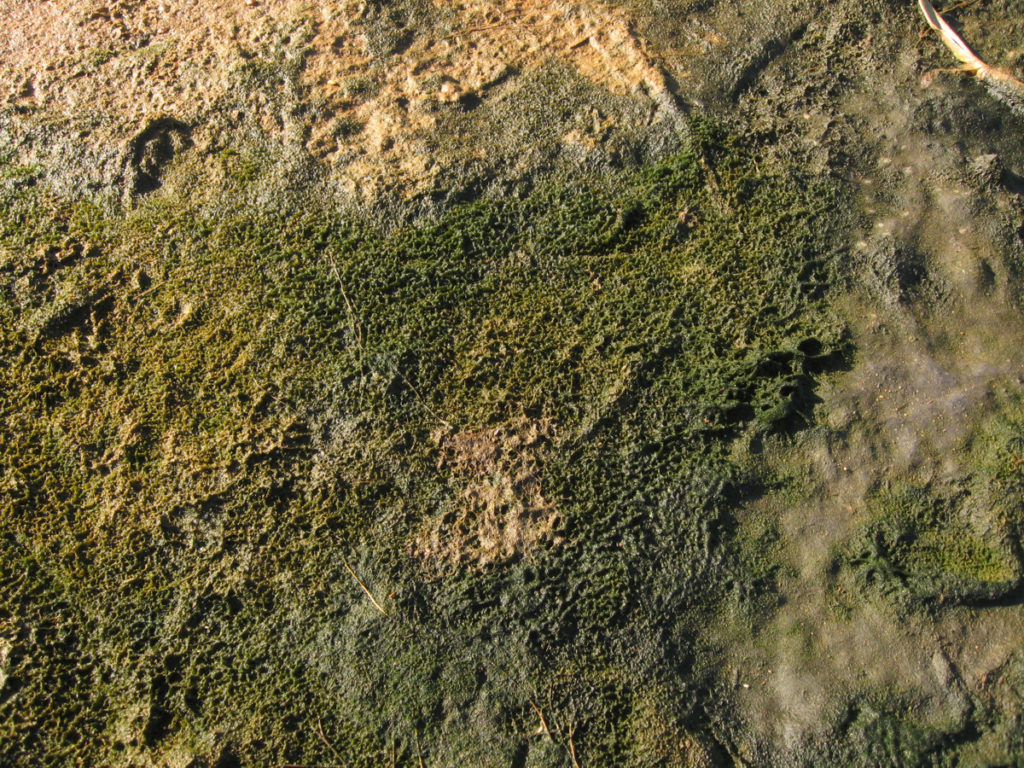
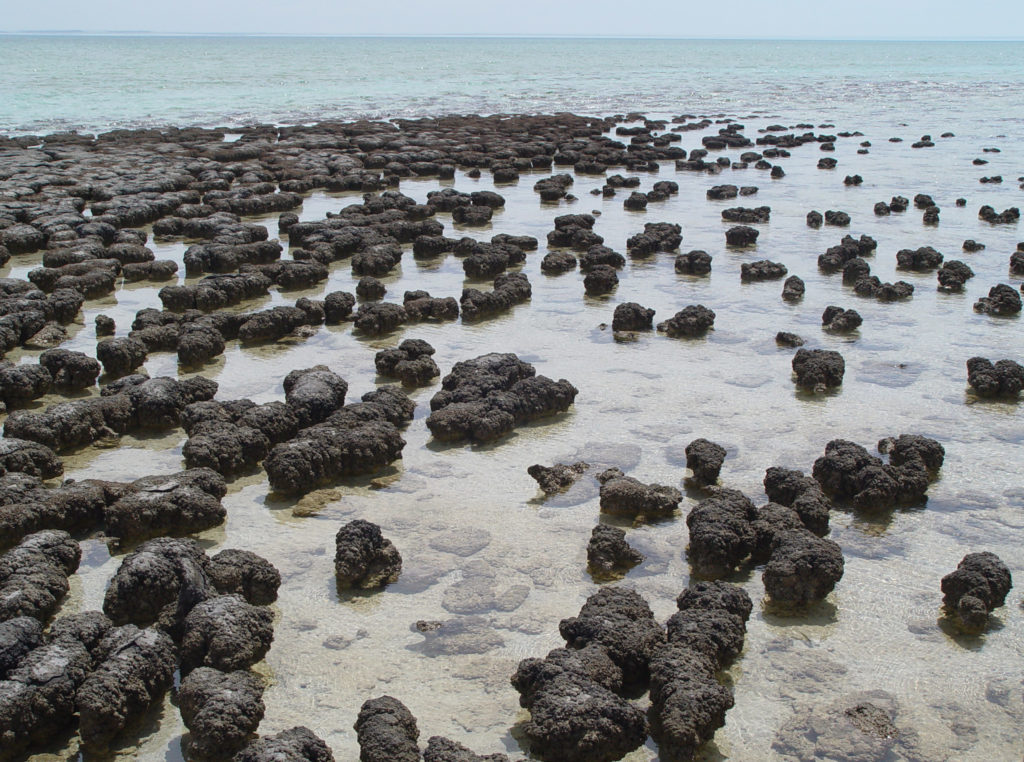
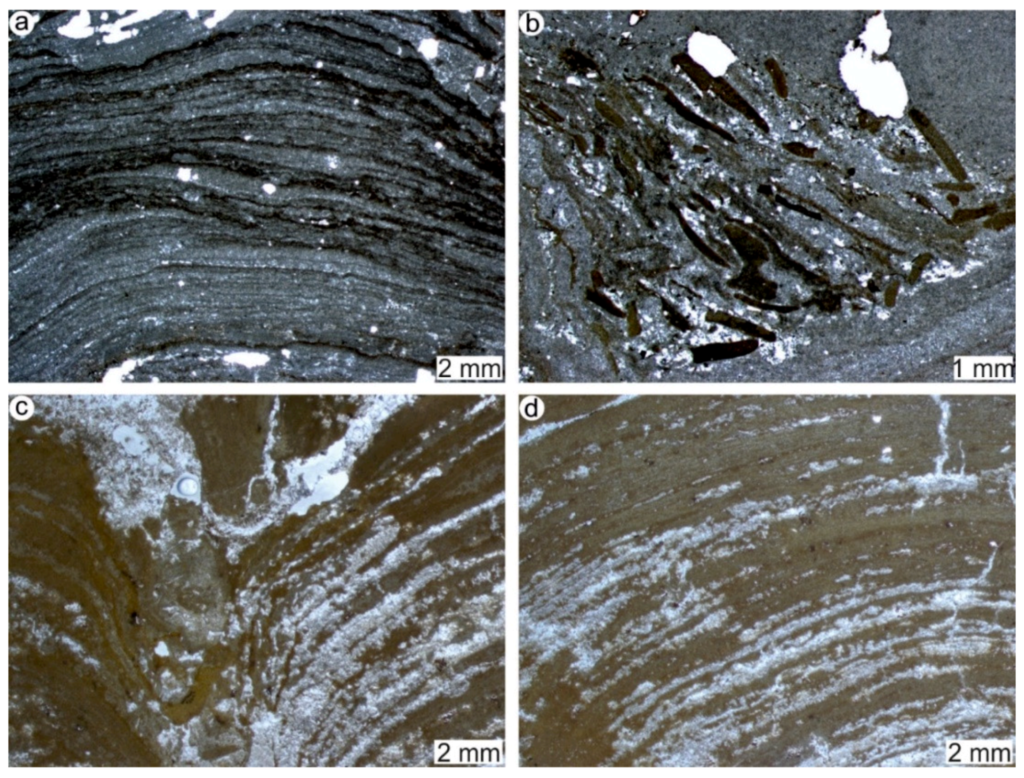
The rising abundance of microbial mats at the beginning of the Triassic could be a result of the devastating extinction of most of the planet’s sea life. Without competitors, microbial mats started to thrive again and conquered places outside their ecological niches. Pei and co-workers looked at three different locations in the Germanic Basin. During Permian and Triassic times, large parts of Germany were covered by a shallow sea or tropical lagoons. Two of the investigated fossilised microbial mats were stromatolites, but the third one turned out to be another kind of fossilised microbial mat. Tomographic analysis revealed that the third fossil was missing a layered internal structure which is so typical for stromatolites. Instead, it showed a mesh like interior. This type of fossilised microbial mat, called microbial-metazoan build-up, puzzled scientist for a long time and a systematic investigation of its properties just started recently.

The mesh-like structure comes from the fact that the microbes didn’t just grew in layers on-top of each other, but on sponges. A sponge is a animal which has a massive skeleton made of a mix of chitin (a polysaccharide) and proteins. The analysis of the fossilised sponge tissue pointed out that the relationship between the microbes and sponges are of a symbiotic nature as the composition of the fossils showed hints of microbial sulphate reduction. This is interesting, because sponges still exist today and some have symbiotic relationships with sulphate reducing bacteria. A symbiosis between metazoa (animals) and microbes is common in nature. Often, the symbiosis enables both parts to get food and energy from an environment, inaccessible without the symbiosis. For example, we all have a lot of bacteria in our digestion system, that help us to break down our food more efficiently. The discovery of these old microbial mats build up by sponges indicate that this symbiosis may date back very deep in time to the origin of the animal kingdom.
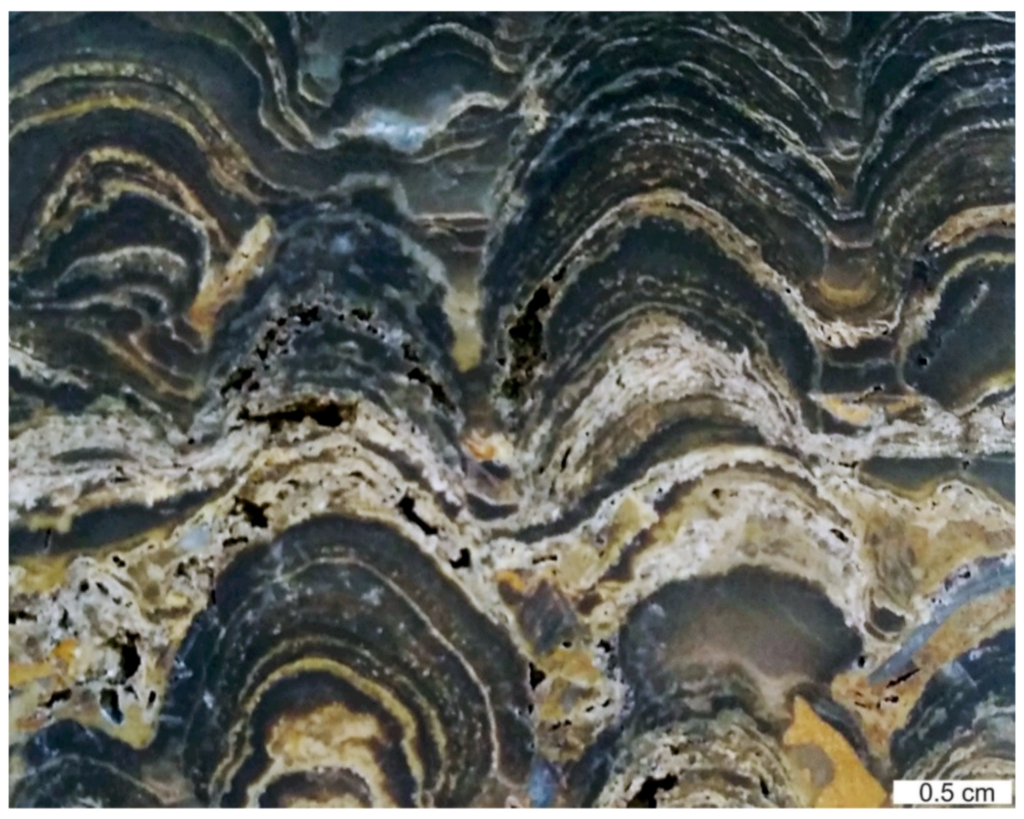
It is astonishing how much we can still learn from the fossil record. It shows us the rise and fall of numerous species during the Earth’s history. Ecologic systems changed drastically after the Permian-Triassic mass extinction and many species were lost forever. But life will always find a way.
License:
‘The rise of Sponges’ by Max Winkler is licensed under a Creative Commons Attribution-ShareAlik

